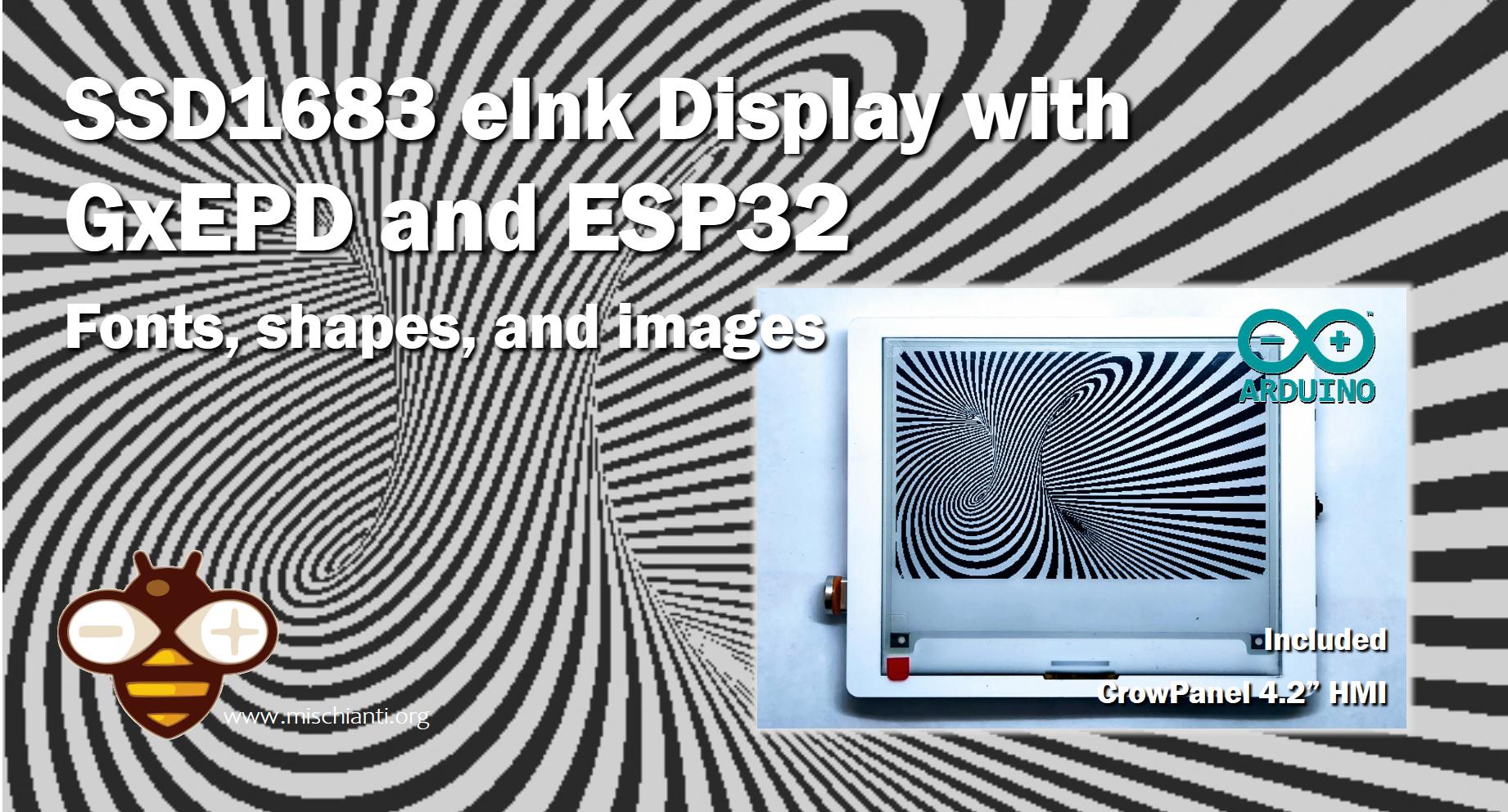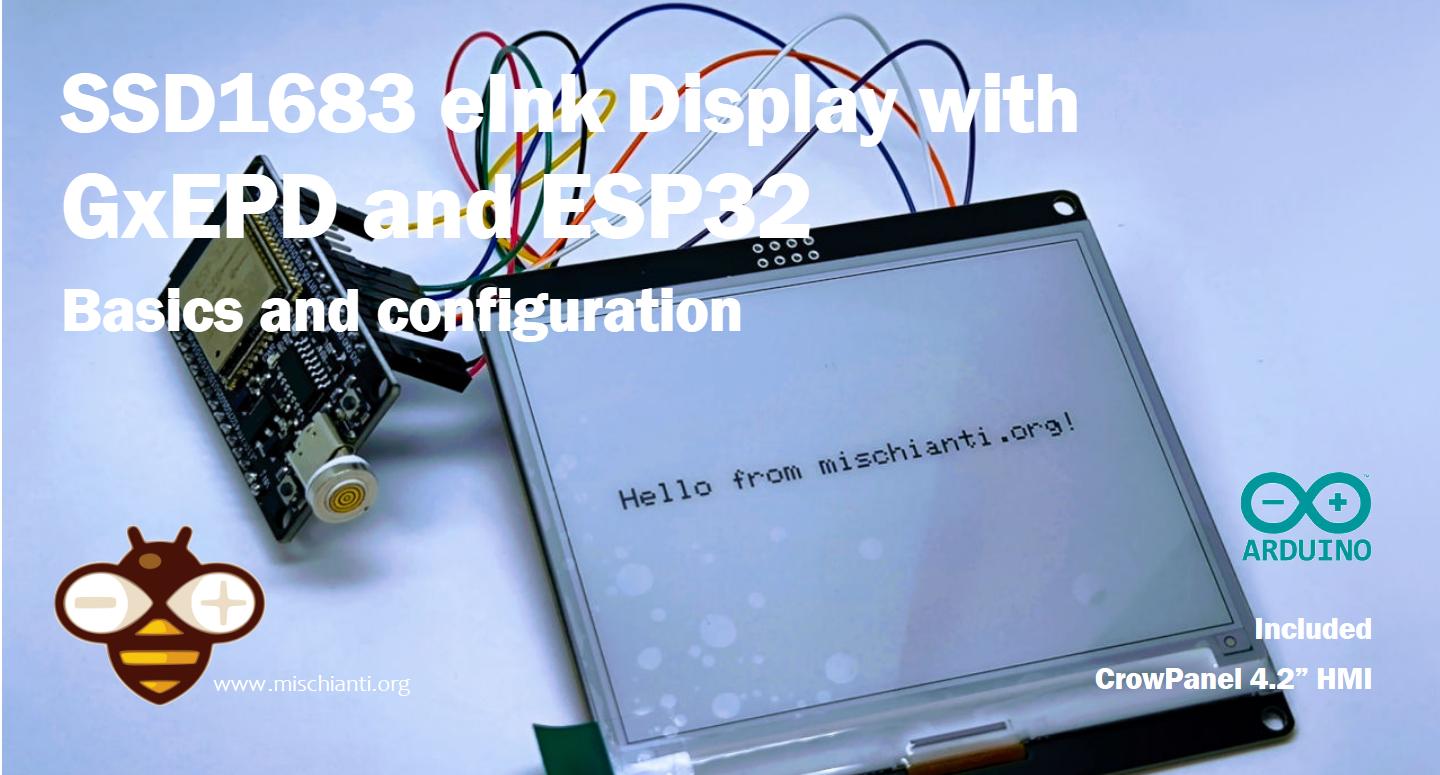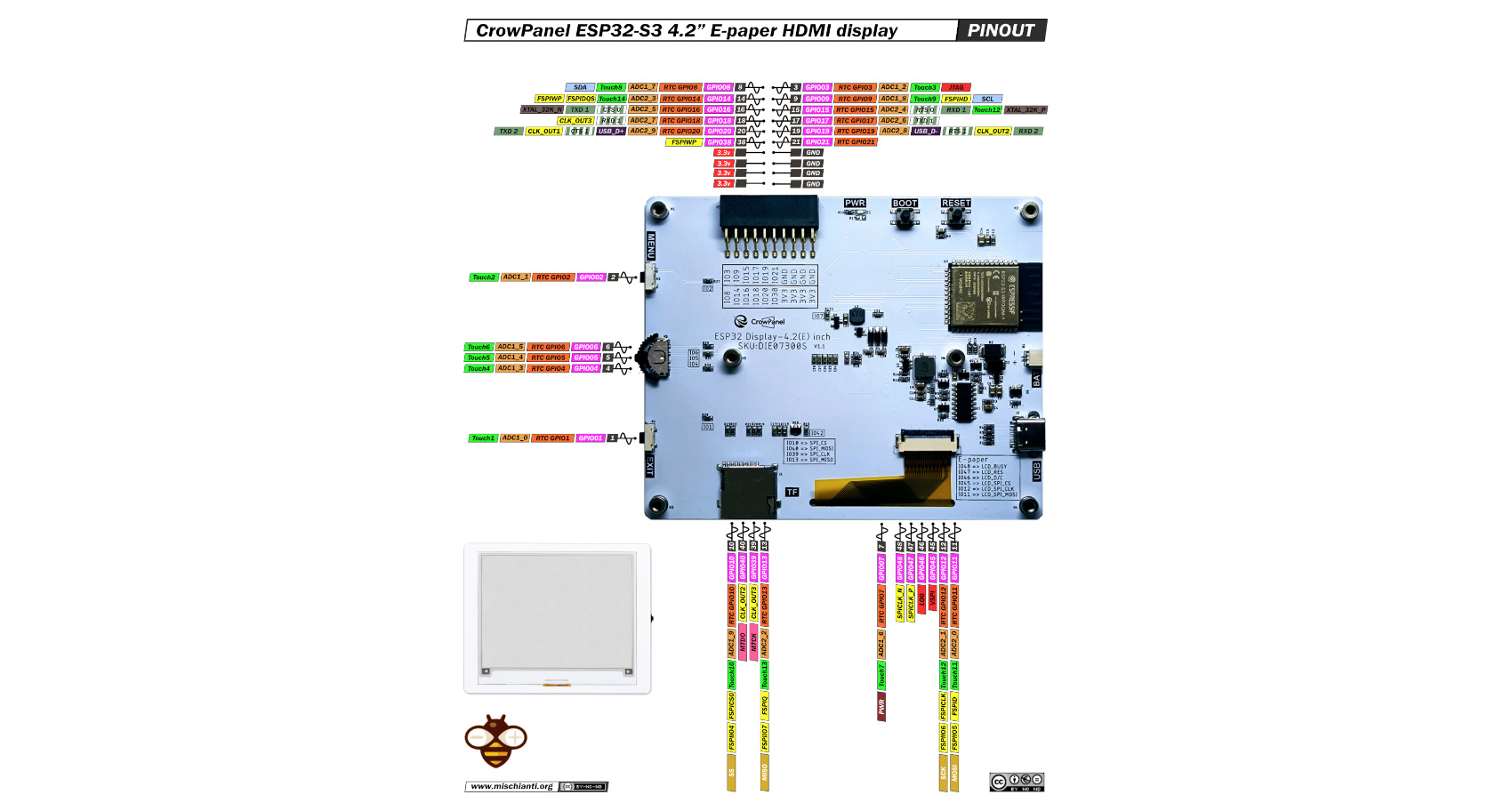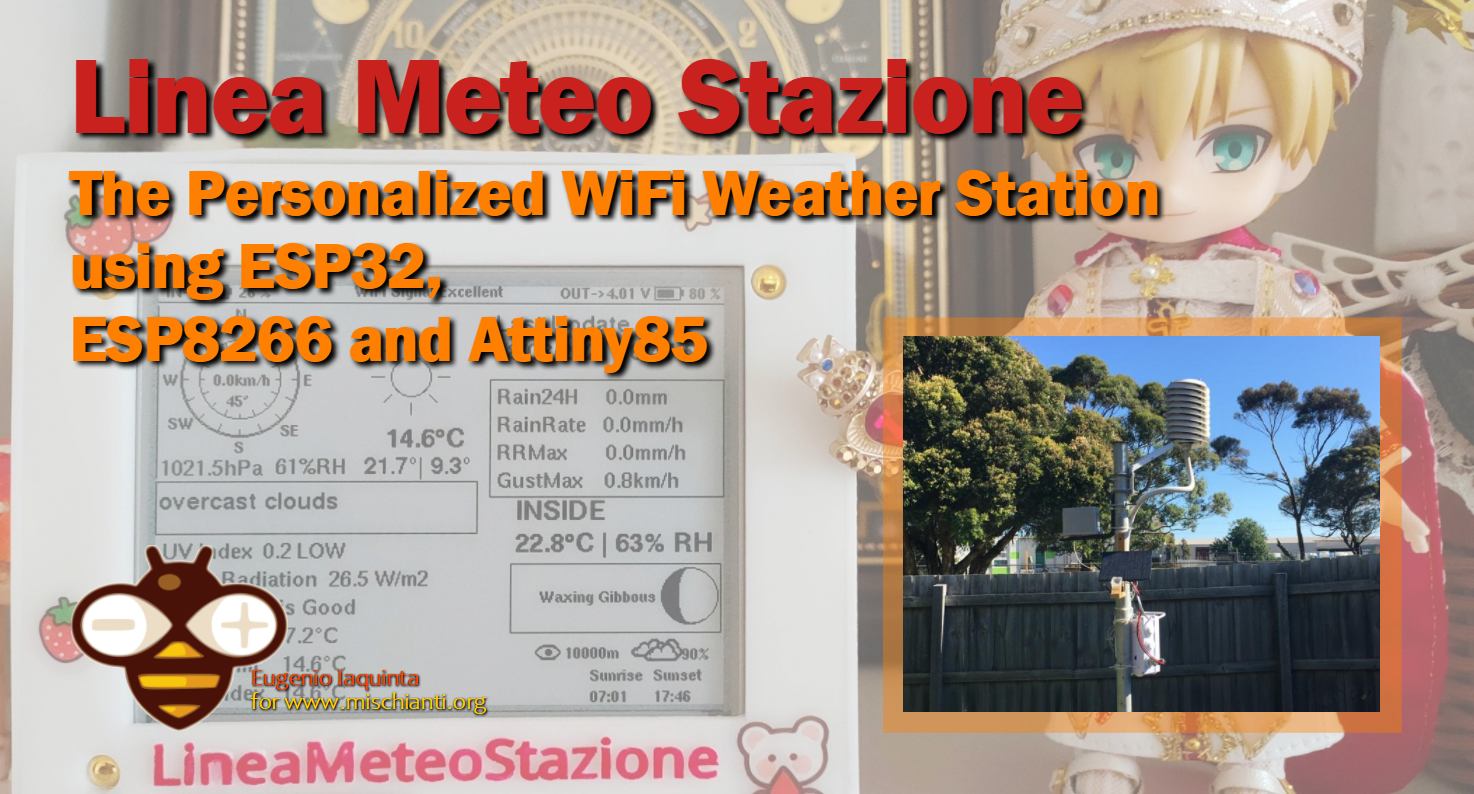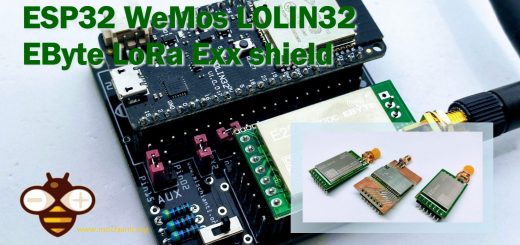An ink-display, commonly referred to as an e-ink display or electronic paper display, is a type of electronic display technology that mimics the appearance of ordinary ink on paper. Unlike traditional backlit flat panel displays that emit light, e-ink displays reflect light like paper, making them more comfortable to read and less likely to cause eye strain.
The technology behind ink-displays is based on microcapsules containing tiny charged white and black particles suspended in a clear fluid. When an electric field is applied, these particles move to the surface of the display, creating a visible pattern. This allows the display to show text and images. One of the most notable features of e-ink displays is their extremely low power consumption. They only use power when the image is being changed, meaning that an image can remain on the screen without using any power, making e-ink displays highly energy-efficient.
E-ink displays are commonly used in e-readers like the Amazon Kindle and other devices where a long battery life and readability in direct sunlight are important. They’re also found in some smartphones, digital signage, and other applications where power efficiency and readability in varying light conditions are key considerations.
Additionally, these displays are lightweight and can be made thin and flexible, allowing for innovative design possibilities. The high contrast and wide viewing angle make them easily readable, and their ability to hold an image without power lends well to applications like digital badges or retail labels.
Overall, ink-displays offer a unique combination of low power usage, visibility in various lighting conditions, and a paper-like reading experience, making them a popular choice for a variety of applications where these qualities are desired.


